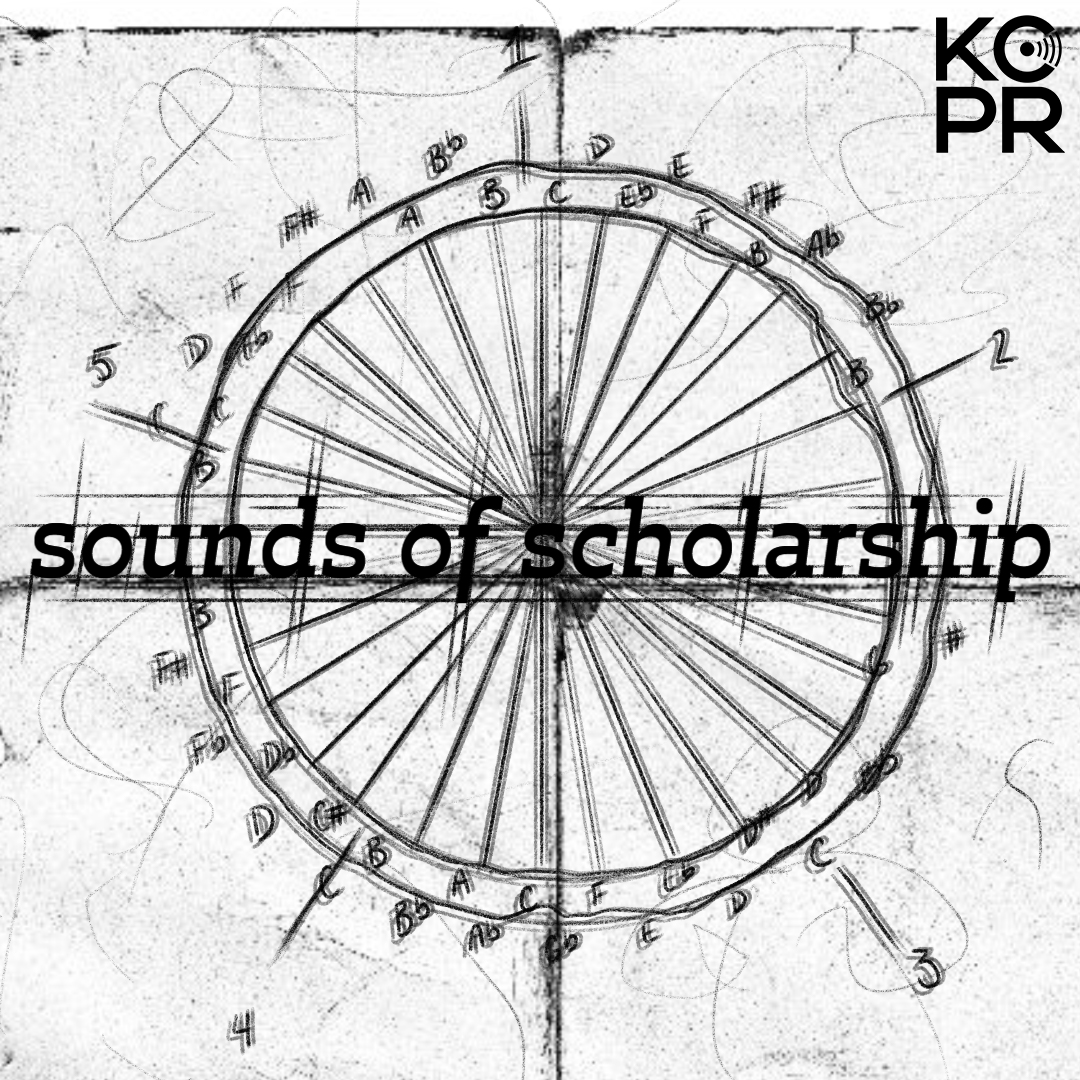Sounds of scholarship: An exploration of music’s inseparability from academic activity

In light of music’s unbreakable bond with multimedia platforms like TikTok and YouTube, the art form sometimes earns more attention for its entertainment value than its intellectual or academic merits — despite the former’s inseparability from the latter.
Music springs just as much from calculated discipline and academic fervor as it does from instinct and emotion. Although popular media might suggest otherwise, examples celebrating the ongoing unity between songs and scholarship abound. Here are just a few of them, as follows:
Music as literature
While equating song lyrics with poetry may not surprise many people, the level of literary recognition that some popular musicians’ work has received just might.
Bob Dylan, for example, was awarded the 2016 Nobel Prize in literature “for having created new poetic expressions within the great American song tradition,” according to a Nobel Prize press release.
Upon presenting Dylan with the award, Sara Dannius, Permanent Secretary of the Swedish Academy said “He can be read and should be read, and is a great poet in the English tradition.”
While Dylan’s prestige as a renowned singer-songwriter has been established over time throughout his career, younger practitioners in other genres have earned similarly weighty accolades for their work.
Former Top Dawg label rapper and songwriter Kendrick Lamar Duckworth’s 2017 project “DAMN” won the 2018 Pulitzer Prize in literature for “its vernacular authenticity and rhythmic dynamism that offers affecting vignettes capturing the complexity of modern African-American life,” according to the Pulitzer website.
Even more telling perhaps are the works that “DAMN” was measured against before winning the Pulitzer. Judges evaluated Lamar’s smash record alongside the likes of Michael Gilbertson’s “Quartet” and Ted Hearne’s “Sound from the Bench”: two classical compositions far removed from the sound — although apparently not the cultural significance — of hip-hop, a genre still in its relative infancy.
Music alongside literature
Given the attention that music has received in the academic context, it’s fitting that many artists also double as published and sometimes prolific authors.
Lead singer of The Mountain Goats, John Darnielle, is a literary icon in his own right with three published novels under his belt. His most recent is entitled “Devil House,” a work concerning “murder, artistic obsession, and the dangers of storytelling,” according to the book’s site.
Beyond penning a novel, Darnielle also served as a judge for the 2020 national book awards in the Literature in Translation category, according to Pitchfork.
Artists such as Michelle Zauner of indie-pop band Japanese Breakfast boast literary success stories inextricably intertwined with musical expression.
Zauner’s debut novel “Crying in H-Mart,” a profound expression of mourning for her late mother and a celebration of her Korean–American heritage, released to highly enthusiastic reviews after being adapted from her essay published in “The New Yorker” under the same name.
The memoir reflects a sentiment found in corners of Japanese Breakfast’s discography such as “The Body is a Blade,” in which Zauner sings, “Knuckled under pain, you mourn, but your blood is flowing.”
While Zauner’s novel received more literary acclaim than the aforementioned record, both works of art operate on an identical level of emotional sophistication.
Music as the sonic counterpart to academia
Academia has a reputation not for endorsing scholarly progress for its own sake but for the impact that it has on society and culture.
The same can be said for songs released by highly influential figures, such as Childish Gambino’s sociopolitical banger “This is America,” which drew publicity for its dualized production and its polarizing music video.
The track’s influence, however, has extended from its May 5, 2018 “Saturday Night Live” debut to American classrooms, where teachers have used it “to engage students in conversations on history, symbolism, and the power of self-expression,” according to The 74 Million.
Music as a byproduct of innovation
Some of the sounds enjoyed by today’s music listeners differ significantly from those produced only two decades ago, which testifies to the indispensable roles that technology, research and innovation play in the creation of art.
For example, one needs to look no further than the prodigious jazz musician and composer Jacob Collier’s use of a multi-faceted performance system co-designed by MIT Ph.D. student and sound engineer Ben Bloomberg, according to MIT’s Center for Art, Science & Technology.
Collier wielded the apparatus — a circular construction including instruments, looping pedals, a custom vocal harmonizer and multiple monitors — during his debut performance in front of an awestruck crowd at the 2015 Montreux Jazz Festival.
Collier additionally secured two residencies in December 2016 and 2018 at MIT, where he demonstrated his musical philosophy through live performance and spoke on the art of composition.
Collier’s virtuosity is only heightened by the academically born technology that he and hundreds of other musicians have access to in today’s society.
Music as a result of the inquisitive mind
Lovers of the avant-garde and unorthodox are well-versed in the value of musical experimentation — a process that necessitates at least a smidge of curiosity.
At first glance, curiosity-driven activities such as research and inquiry seem exclusive to the realm of academia and scholarship. But for London-based rapper and singer Ava Laurel, otherwise known as Lava La Rue, such deep-diving is an essential ingredient to the creative process.
“I am just constantly researching or getting inspired and that naturally translates into my creativity. So, nobody should be afraid to be nerdy. It will always benefit you,” Laurel said in an interview with Metal Magazine.

